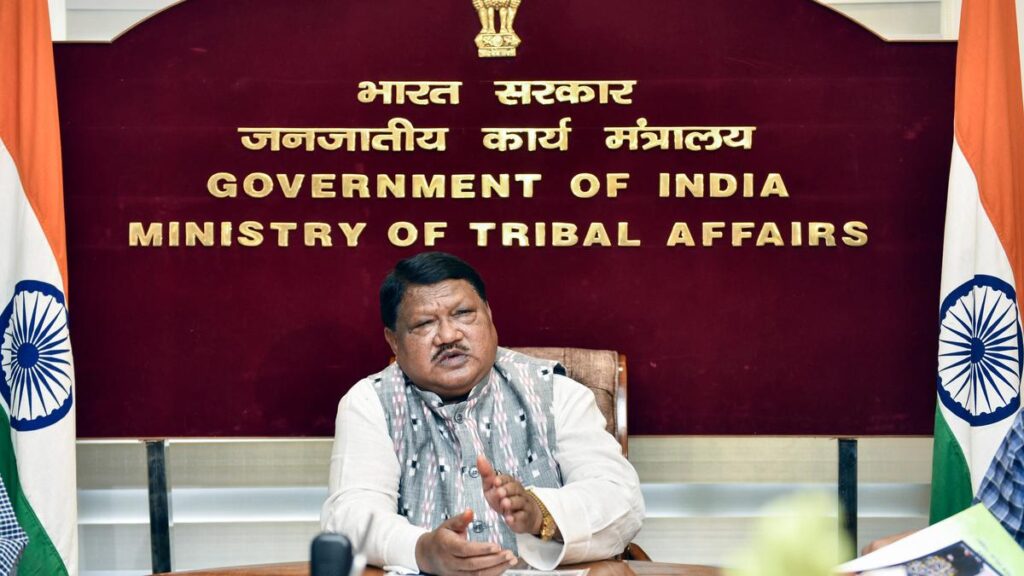
Background & Reassurance from the Rajya Sabha
Union Tribal Affairs Minister Jual Oram recently assured the Rajya Sabha that the tribal communities residing near the ambitious Great Nicobar Project will not face displacement. Addressing concerns during a parliamentary session, Oram highlighted that the government is adhering to strict environmental safeguards and following a “win-win” model in line with guidelines set by the National Green Tribunal. He underlined the strategic significance of the project, given its location near crucial international maritime routes, and stressed that development and tribal welfare are not mutually exclusive.
Strategic Imperative and Sovereignty Sensitivity
Oram’s remarks reflected a strong stance on India’s sovereign interests in the Indian Ocean Region. Drawing comparisons to China’s increasing influence through projects like the Hambantota Port in Sri Lanka, the minister emphasized that India cannot afford to relinquish control or delay key infrastructure initiatives. He reiterated that the Great Nicobar Project is not just an economic initiative but a critical strategic asset that bolsters national security and enhances India’s maritime reach.
No Displacement, Only Development
The minister addressed concerns raised by opposition MPs about the lack of written clarity on tribal relocation. He reaffirmed that the entire plan has been carefully structured to ensure that no tribal communities are displaced. In fact, dedicated environmental and tribal welfare committees have been established to oversee the project and ensure that development does not come at the cost of ecological balance or indigenous rights. The emphasis remains firmly on inclusive growth and community preservation.
Broader Government Efforts for Tribal Upliftment
The government’s commitment to tribal welfare extends far beyond Nicobar. It is reflected in a wide range of nationwide programs aimed at empowering tribal communities economically, socially, and educationally.
- Massive Budget Boost: For the fiscal year 2025-26, the Ministry of Tribal Affairs received a significant increase in allocation, nearly 46%, from ₹10,237 crore to ₹14,925 crore. This investment is directed towards boosting infrastructure, education, and livelihood programs.
- Dharti Aaba Mission: Launched on October 2, 2024, this ₹80,000 crore initiative spans five years and focuses on enhancing rural infrastructure and delivering essential services in tribal regions.
- EMRS Expansion: Funding for Eklavya Model Residential Schools (EMRS) was increased from ₹4,748 crore to ₹7,088.6 crore. The goal is to establish 728 such schools by March 2026, supporting over 3.5 lakh tribal students.
- Infrastructure & Resource Rights: In an earlier announcement, Oram outlined plans for a ₹3.5 lakh crore investment in tribal development, including the construction of 25,000 km of roads in tribal areas. The implementation of PESA (Panchayats Extension to Scheduled Areas) and FRA (Forest Rights Act) ensures that tribal communities have legal autonomy and resource ownership.
On Ground in Malkangiri & Konda Reddi
The government’s tribal welfare agenda is visible in local-level transformations:
- In Odisha’s Malkangiri district, 125 villages covered under the PM JANMAN scheme are experiencing development in housing, water supply, road networks, health facilities, vocational training institutions, and residential hostels.
- In Telangana, the PM JANMAN outreach to the Konda Reddi Particularly Vulnerable Tribal Group (PVTG) involves participatory surveys, issuance of land titles (podu pattas), and culturally sensitive housing projects that uphold tribal autonomy and heritage.
State-Level Tribal Welfare Driving Change
Several states have launched parallel programs in sync with the Centre’s tribal development vision:
- Rajasthan rolled out extensive health camps under the Janjatiya Gaurav Varsh initiative, running through June 30, aimed at enhancing healthcare delivery in tribal belts.
- Madhya Pradesh introduced rural tourism schemes involving tribal homestays to promote local culture and livelihoods. It also resolved long-pending promotion cases for government employees from ST/SC backgrounds.
- Jharkhand launched a major campaign in East Singhbhum district to directly deliver 35 welfare schemes to PVTGs, using 275 camps across 11 blocks between June 15 and 30.
- Maharashtra allocated land for a tribal industrial cluster near Nashik, supporting tribal entrepreneurs under the Maharashtra Industrial Development Corporation (MIDC).
- Bihar approved ₹2.39 lakh per family for 1,308 PVTG families to construct pucca homes under the PM JANMAN scheme, benefiting nine tribal groups.
Cultural & Educational Empowerment
The focus on tribal welfare is not limited to infrastructure and economics, it includes preserving rich cultural and linguistic traditions:
- Sonjharia Minz, UNESCO co-chair and a member of the Oraon tribe, is spearheading an initiative to safeguard tribal languages using artificial intelligence and secure digital archives over a four-year tenure.
- Newly recognized tribes in Jammu & Kashmir, Andhra Pradesh, and Odisha are being integrated into the national scholarship and reservation framework, ensuring greater access to education and jobs.
- Programs like GOAL (Going Online as Leaders), Van Dhan Kendras, and low-interest loans from NSTFDC are accelerating tribal entrepreneurship, digital inclusion, and sustainable income generation.
Outcome Driven Focus & Future Roadmap
The combined force of central and state initiatives is reshaping the tribal landscape:
- Thousands of tribal families now have access to permanent housing, quality education, healthcare services, roads, and sustainable livelihoods.
- Youth from tribal communities are being equipped with tools for success – competitive exam coaching, hostel accommodation, and start-up support.
- Legal empowerment through PESA and FRA is ensuring that tribal voices are heard in governance and decision-making.
- The cultural renaissance is well underway, with efforts to document and revive indigenous languages, traditional practices, and heritage.
These developments underscore the government’s focused commitment to inclusive growth. By balancing national interests with indigenous rights, the current administration aims to ensure that tribal communities are not just protected, but actively prosper.

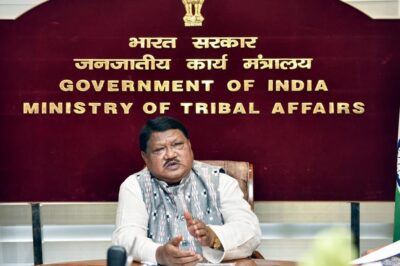

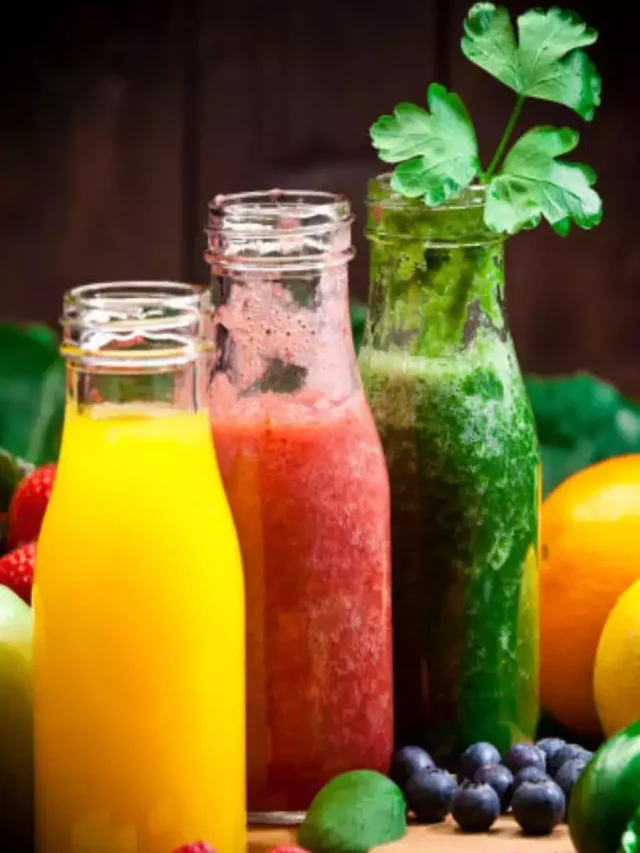

























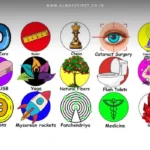

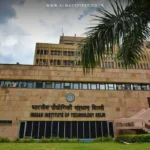
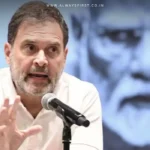



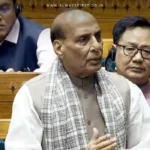


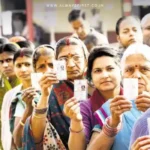
Leave a Reply